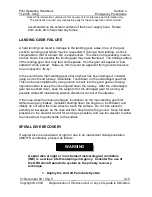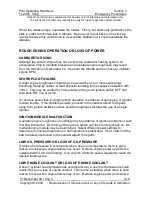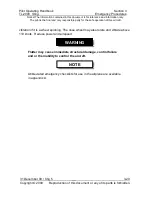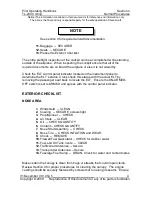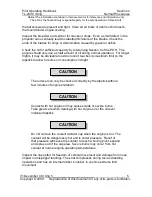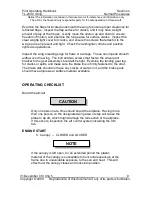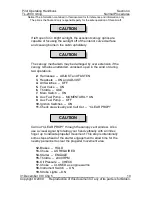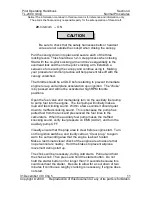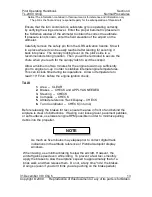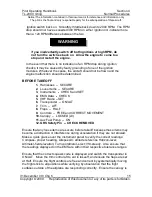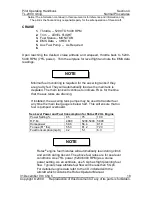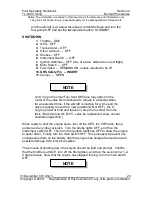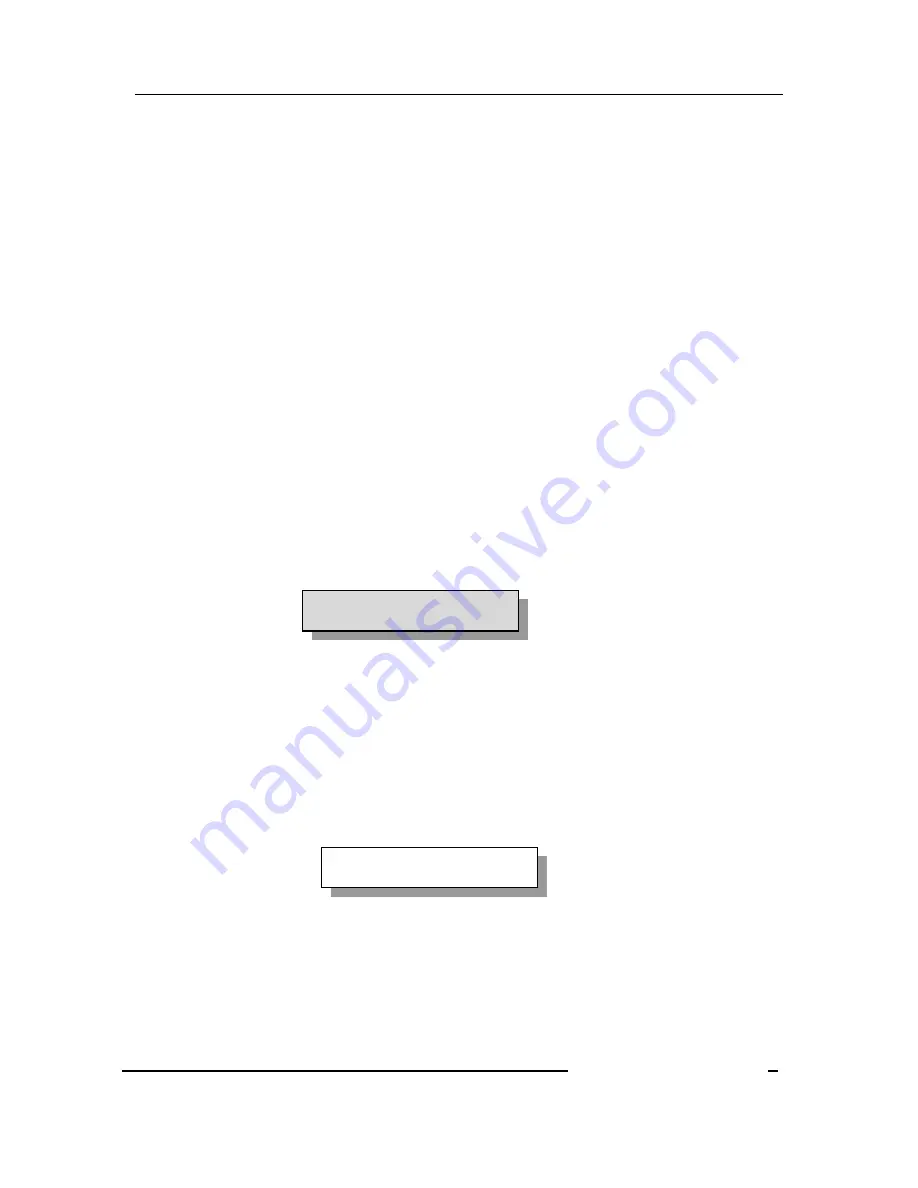
Pilot Operating Handbook
Section 4
TL-2000
Sting
Normal Procedures
Notice! The information contained in this document is for reference and information only.
The pilot is the final and only responsible party for the safe operation of this aircraft.
31 December 09 / Chg 5_____________________________________________9
Copyright © 2009 Reproduction of this document or any of its parts is forbidden.
Examine the flap slot located underneath the wing to ensure proper clearance for
retracted flaps. Inspect the flap surface for cracks, and it may have a slight
amount of play at the hinges. Gently move the aileron up and down to ensure
freedom of motion, and examine the hinge area for surface cracks. Inspect the
clear wingtip light cover for cracks, and ensure the screws that attach it to the
wing tip are all present and tight. Check the landing/taxi, strobe and position
lights are operational.
Inspect the wing’s leading edge for flaws or damage. These can impede smooth
airflow over the wing. The bolt and two screws that fasten the wheel pant
bracket to the gear assembly should all be tight. Examine the landing gear leg
for cracks or splits, and make sure the brake line is firmly fastened to the strut.
The brake disk should not have any cracks or warps in it, and the brake pads
should have ample wear surface material available.
OPERATING CHECKLIST
Board the aircraft
Only one person at a time should board the airplane. Having more
than one person on the designated wing area or step will cause the
plane to tip aft, which might damage the tail section of the airplane.
If this occurs, inspection the aft control system including the trim
tab.
ENGINE START
1.
Canopy -- CLOSED and LOCKED
If the canopy is left open, for an extended period the plastic
material of the canopy is susceptible to horizontal expansion at the
frame due to unavoidable exposure to the sun and heat. This will
effect how the canopy closes and locks into position.
CAUTION
NOTE

